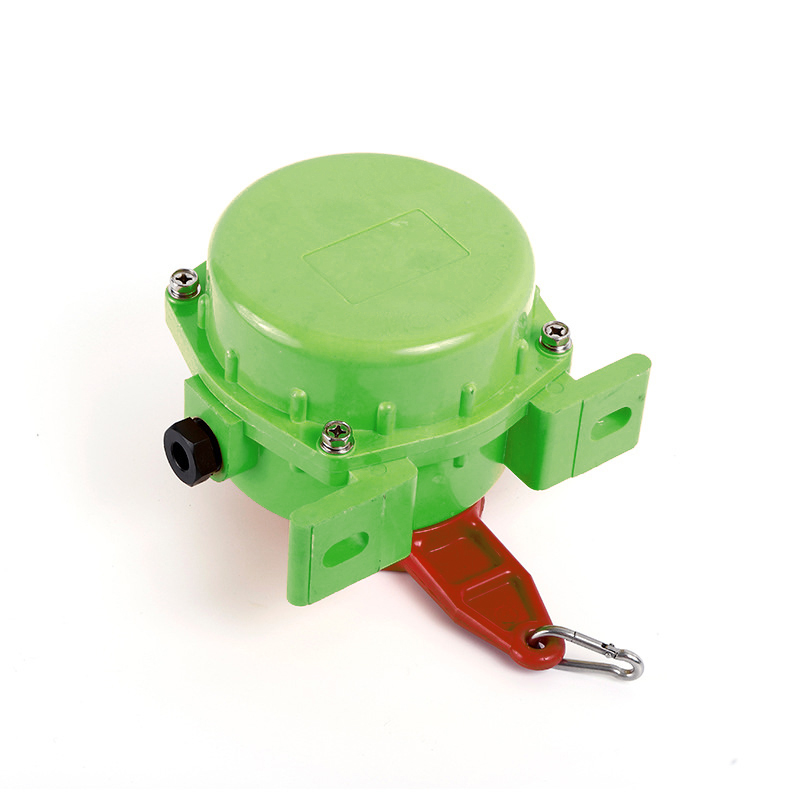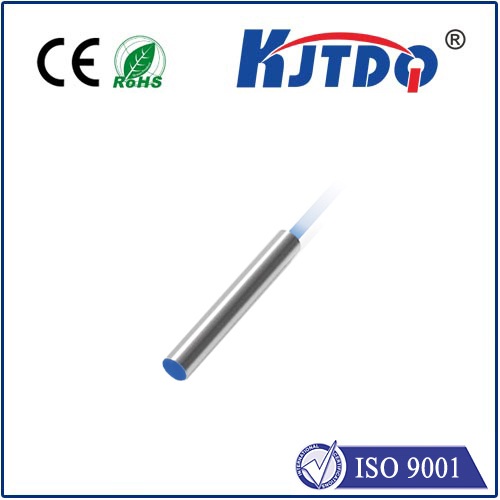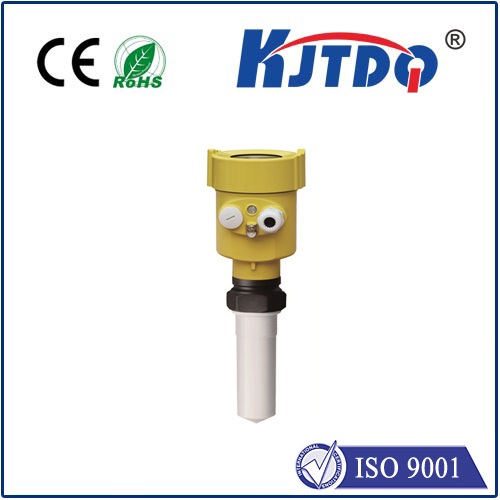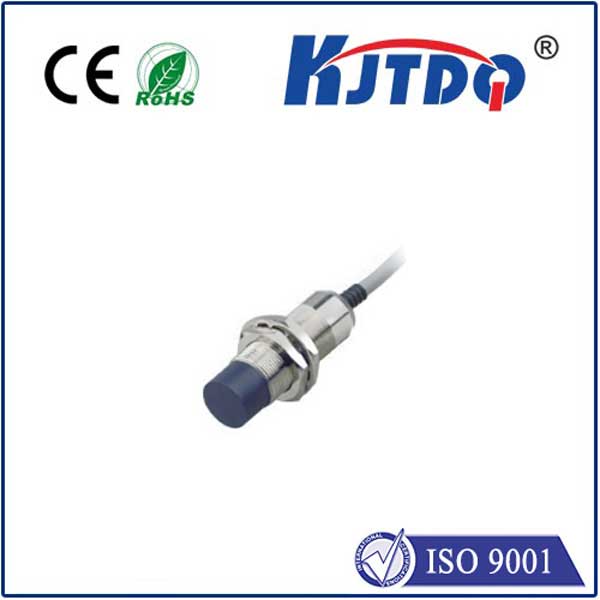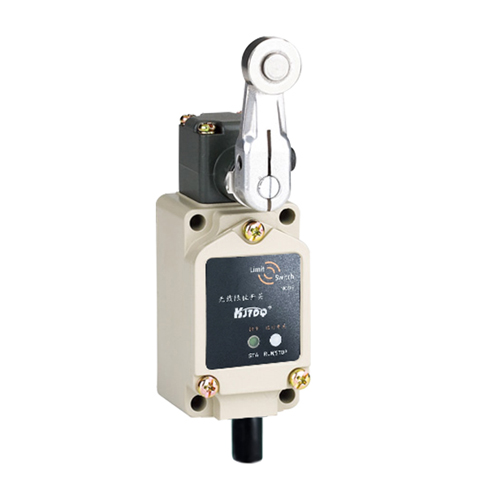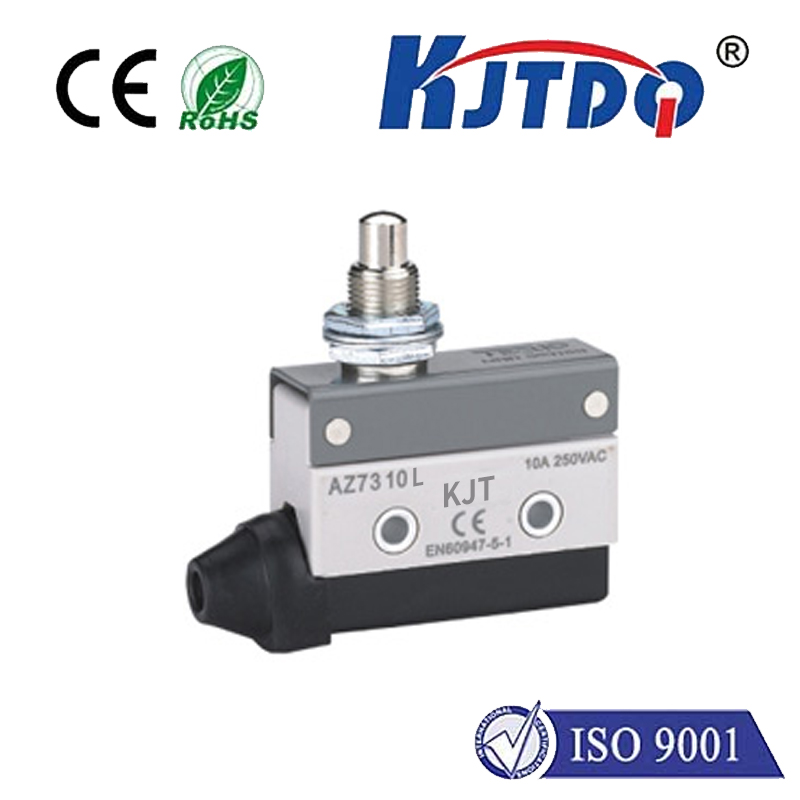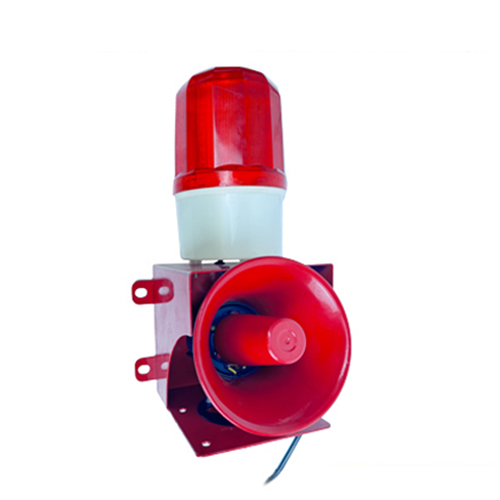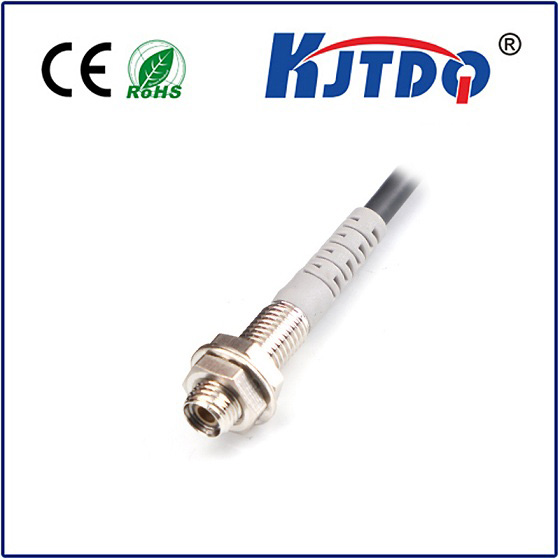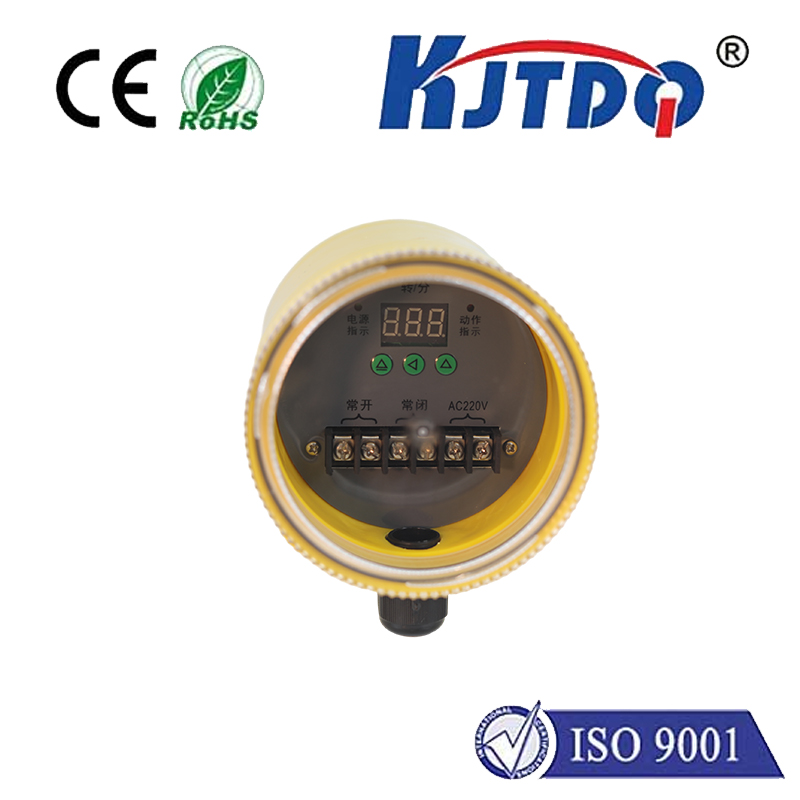interferometric sensor
- time:2025-08-14 12:46:12
- Нажмите:0
Interferometric Sensors: Unlocking Unprecedented Precision with Light
How do you measure the infinitesimal? How do you detect shifts smaller than a fraction of a human hair, forces too subtle to feel, or temperatures varying by mere thousandths of a degree? For tasks demanding such extreme accuracy, traditional sensors often fall short. Enter the world of interferometric sensors – a sophisticated class of measurement instruments where light itself becomes the ultimate ruler, revealing details invisible to other technologies. These devices translate minute physical changes into detectable shifts in the behavior of light waves, offering unparalleled resolution across myriad scientific and industrial applications.
The Core Principle: Harnessing the Dance of Light Waves
At the heart of every interferometric sensor lies the phenomenon of optical interference. When two or more coherent light waves (waves perfectly synchronized in step) meet, they combine. Depending on the alignment of their peaks and troughs (their phase relationship), this combination results in either constructive interference (waves amplify each other, producing bright light) or destructive interference (waves cancel each other out, producing darkness or reduced intensity). This interaction creates a distinctive pattern of alternating light and dark bands known as an interference fringe pattern.
An interferometric sensor exploits this fundamental principle. It typically splits a single, highly stable laser beam into two distinct paths:
- А.reference path, which remains stable and unchanged.
- А.measurement (sensing) path, which interacts with the physical parameter being measured (e.g., strain, pressure, temperature, displacement, refractive index).
After traversing these paths, the two beams are recombined. If the physical parameter affecting the measurement path changes even slightly, it alters the optical path length (distance traveled multiplied by the refractive index) for that beam. This minute change causes a relative phase shift between the recombining waves.

Crucially, this phase shift directly manifests as a measurable shift in the resulting interference fringe pattern. By precisely tracking the movement, intensity changes, or phase of these interference fringes, the sensor can quantify the original physical change with extraordinary sensitivity. The wavelength of the laser light itself becomes the measurement scale, enabling resolutions far surpassing mechanical or electrical sensors – often down to nanometers or even fractions of a wavelength.
The Anatomy of Precision: Key Components
While configurations vary, a fundamental interferometric sensor setup, like the classic Michelson interferometer, typically includes:
- Light Source: Usually a highly coherent, stable laser (e.g., Helium-Neon or semiconductor lasers) to ensure well-defined interference patterns.
- Beam Splitter: Divides the initial laser beam into the reference and measurement paths.
- Mirrors/Retroreflectors: Guide the light precisely along each path. One mirror in the reference path is typically fixed, while the mirror (or target surface) in the measurement path moves or deforms due to the measurand.
- Optical Elements: Lenses, collimators, and waveplates might be used to shape, direct, or condition the light beams.
- Photodetector: Captures the recombined interference pattern and converts the optical signal into an electrical signal.
- Signal Processing Unit: Analyzes the detector’s output (tracking fringe shifts, measuring phase changes, analyzing signal intensity or polarization) to calculate the value of the physical parameter being measured.
Where Interferometric Sensors Truly Shine: Applications
The extreme sensitivity and non-contact nature of interferometric sensing make it invaluable in fields demanding the highest precision:
- Precision Metrology & Manufacturing: Measuring microscopic displacements, surface flatness, roughness, and dimensional control with nanometer accuracy in semiconductor lithography, optical component fabrication, and precision machining. Calibration of standards is heavily reliant on interferometric techniques.
- Structural Health Monitoring (SHM): Detecting minute deformations, strains, vibrations, and cracks in critical infrastructure like bridges, dams, aircraft wings, and wind turbine blades. Distributed interferometric sensors like Fiber Bragg Gratings (FBGs) embedded in structures provide real-time, spatially resolved strain and temperature data. Early detection of micro-cracks prevents catastrophic failures.
- Biomedical Imaging & Sensing: Optical Coherence Tomography (OCT) is a revolutionary medical imaging technique based on low-coherence interferometry, providing high-resolution, cross-sectional images of biological tissues (especially the retina and skin). Interferometric biosensors detect minute changes in refractive index or film thickness caused by molecular binding events on a surface.
- Geophysics & Seismology: Measuring ground deformations, tilt, and extremely subtle seismic vibrations for earthquake prediction and crustal movement studies.
- Воздушно - космические и Оборона: Navigation-grade gyroscopes (Fiber Optic Gyroscopes - FOGs) and accelerometers utilize the Sagnac effect (a rotation-induced interferometric phase shift) for precision guidance. Vibration analysis in aircraft engines and components.
- Acoustic & Ultrasonic Sensing: Detecting very weak acoustic fields, often using specialized configurations like Fabry-Perot interferometers.
Преимущества и меры предосторожности
The power of interferometric sensors is undeniable:
- Unmatched Resolution & Sensitivity: Can detect changes down to 10-12 meters or even smaller.
- Non-Contact & Non-Destructive: Ideal for delicate objects, hazardous environments, or where mechanical loading must be avoided.
- High Accuracy & Stability: The wavelength of light is a highly stable fundamental reference.
- Wide Dynamic Range: Can measure both very small and relatively large changes effectively.
- High Frequency Response: Capable of measuring rapid vibrations and dynamic events.
- Immunity to Electromagnetic Interference (EMI): Particularly significant for fiber optic variants (FOGs, FBGs).
However, this sophistication comes with trade-offs:
- Complexity & Cost: Require high-quality optics, stable lasers, and sophisticated signal processing, often making them more expensive than simpler sensors.
- Environmental Sensitivity: Vibration, air currents, and temperature fluctuations can introduce noise and measurement errors, necessitating careful isolation or complex compensation techniques.
- Signal Fading & Ambiguity: Phase shifts beyond 2π radians cause ambiguity in absolute displacement measurement (unless specific techniques like multi-wavelength interferometry are used). Fringe visibility can degrade due to misalignment or loss of coherence.
The Future: Miniaturization, Integration, and Intelligence
Research in interferometric sensing is vibrant, focusing on:
- Miniaturization & Integration: Developing chip-scale interferometers using photonic integrated circuit (PIC) technology for portable devices and wider deployment.
- Improved Signal Processing: Leveraging advances in digital signal processors (DSPs) and algorithms to enhance resolution, speed, and overcome limitations like ambiguity and noise.
- Computational Imaging: Combining interferometric principles with computational methods for novel imaging modalities and reconstruction.
- Multi-Parameter Sensing: Designing sensors that simultaneously measure several physical quantities (e.g., pressure and temperature) using a single interferometric core.
Interferometric sensors stand as a testament to human ingenuity in pushing the boundaries of measurement. By harnessing the fundamental wave nature of light and the intricate phenomenon of interference, they illuminate the previously unmeas

